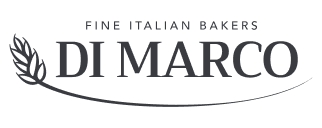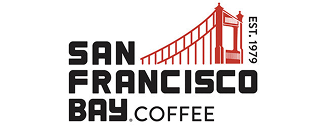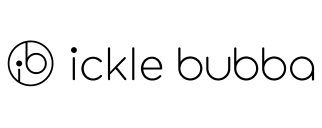.svg)


Accelerate your approval lifecycle with AI-powered proofing tools.
Build and run flexible workflows that suit your teams and their operations.
Organise and retrieve assets faster with the power of artificial intelligence.

Find tools and apps that you love and enjoy using every day.

Automate compliance on all fronts with customizable rules and AI-powered checks.
Expedite packaging design and maintain creative compliance with label design software.
Automate brand and legal compliance for your assets with custom or preset checklists.

Streamline compliance and project management with AI-led spec sheets, briefs, and more!
Every asset has its history. Track and manage asset versions with ease.
Review multi-ups files during production and avoid print errors ahead of your launch.
.svg)
Find digital assets using AI-powered search and improve work efficiency.
Address bottlenecks in real time and streamline project workflows to beat your deadlines by a mile.

Enhance your marketing efforts and drive higher ROI with an AI-powered creative lifecycle.

Transform your packaging development with automated workflows and launch products faster.
Eliminate product recalls and bring transparency to workflows.

Go to market faster with 100% compliant and error-free pharma packaging.
Ensure seamless compliance and collaboration to complete projects faster.
Manage labels with online proofing tools and flexible workflows to launch ahead of time.
.svg)
Comply easily with alco- bev packaging regulations and streamline reviews faster.

Expedite packaging design and maintain creative compliance with our label design software.

Quickly approve packaging designs and simplify your entire artwork approval process.
Make new product launches smooth and stress-free with seamless label management
Go global effortlessly with automated workflows and label compliance.

Get the latest on industry insights and Artwork Flow product updates.

Discover tips, tricks, and in-depth knowledge on creative operations and beyond.

Find out how Artwork Flow boosts efficiency and ROI for our customers.

Learn from industry experts as they share their knowledge on all things brand.

Watch, listen, and discover the world of creative operations straight from marketers and creative leaders around the world.

Stay informed and never miss out on upcoming events throughout the year.

Join a dynamic community that brings together creative minds, brand leaders, and designers.

See how Artwork Flow compares to other platforms to find the right tool for your team.
.svg)
Explore the latest trends and thoughts on creative collaboration and brand asset management.
.svg)
Get valuable resources, in-depth industry insights, and tips and tricks from the world of creative operations.
.svg)
Hear from our customers on how Artwork Flow has helped shape their efficiencies and returns on investment.

Learn from industry experts as they share their knowledge and experience on all things brand.






.svg)






.svg)
.webp)


.png)
.svg)
%204.webp)
%202.webp)
.svg)

.svg)

.webp)




.webp)
.svg)


.webp)
.webp)









.webp)





.webp)
.webp)
.webp)

.svg)



























.webp)
%20(1).webp)





.webp)
.webp)
.webp)
.webp)
















%20(1).webp)

%20(1).webp)
.webp)

.webp)

.webp)














.webp)
.webp)









%201.webp)




.webp)
.webp)
.webp)
.webp)
.webp)
.webp)
.webp)
.webp)
.webp)
.webp)
.webp)















.webp)
.webp)
.webp)

.webp)



.svg)



.webp)
.webp)
.webp)


.webp)







.webp)






.webp)
.webp)
.webp)
.webp)

.webp)
.webp)
.webp)
.webp)
.webp)


.webp)
.webp)


.webp)











.webp)







.jpg)


.png)

%20(1).avif)
.svg)
.svg)
.svg)
.svg)
.svg)
.svg)
.svg)
.svg)
.svg)
.svg)
.svg)
.svg)
.svg)
.svg)
.svg)
.svg)
.svg)
.svg)
.svg)
.svg)
.svg)






.svg)

.svg)

.svg)



.webp)
.svg)







